20 August 1977
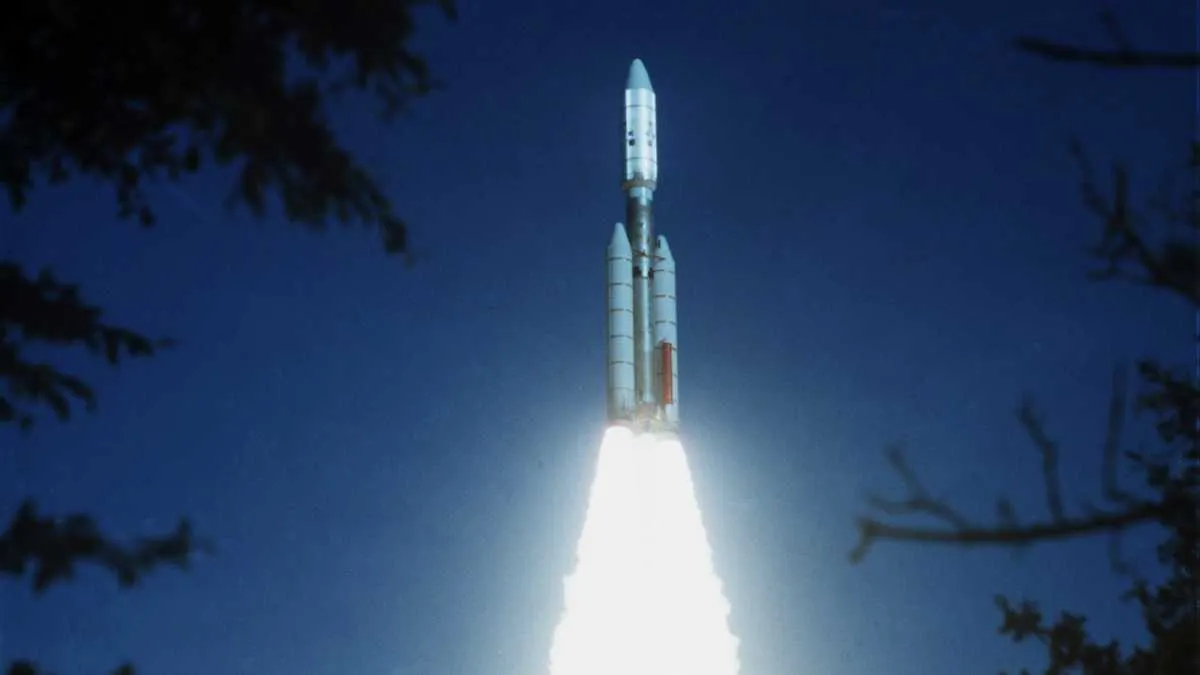
Voyager 2 launches from Cape Canaveral in Florida, on a longer and slower trajectory than its counterpart. Voyager 1 lifts off a couple of weeks later on 5 September, overtaking Voyager 2 in the asteroid belt.
18 September 1977
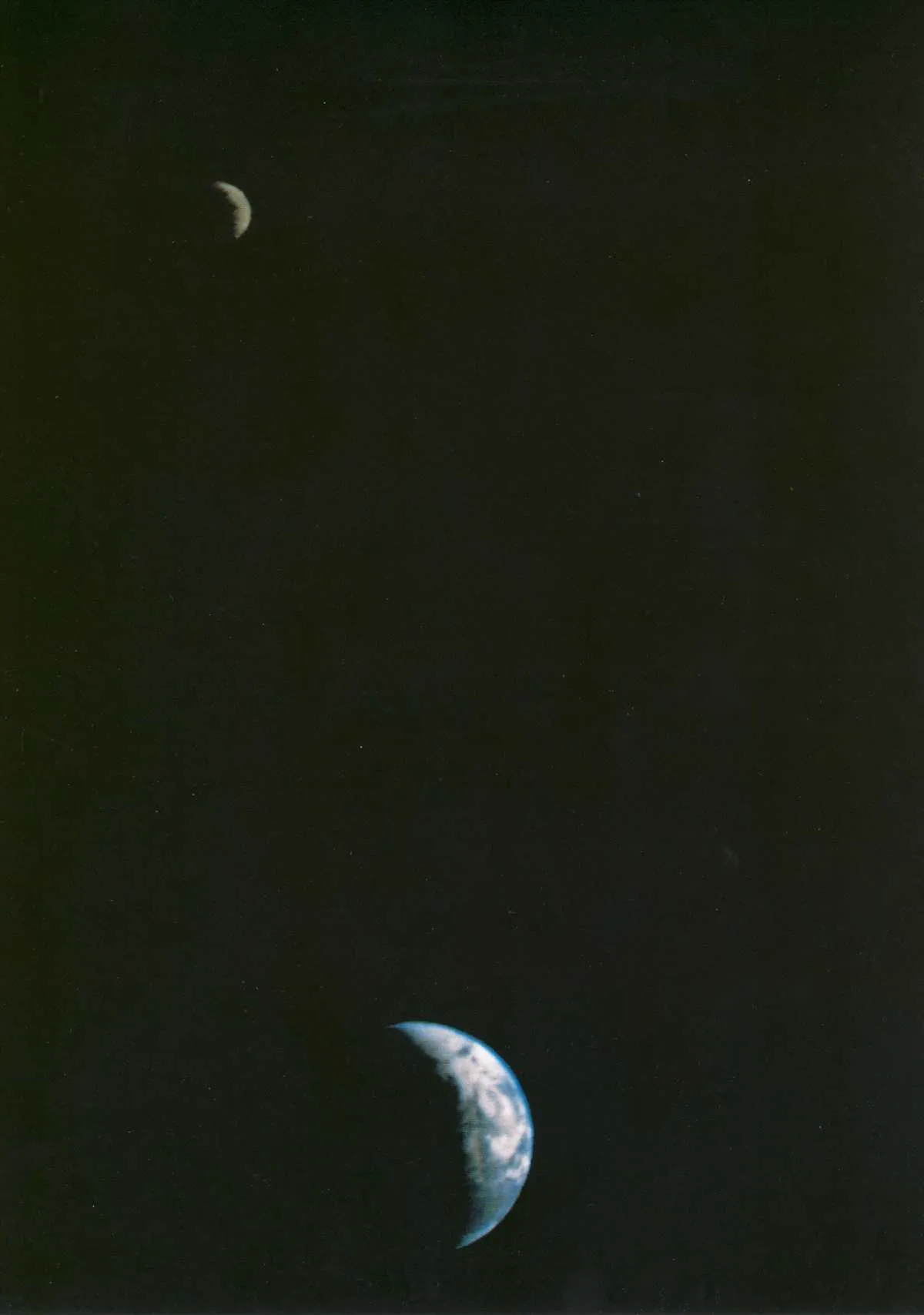
As Voyager 1 leaves Earth, it photographs its home planet from 11.7 million km away. It's the first time Earth and the Moon have been seen in a single frame shot from a spacecraft.
6 January 1979
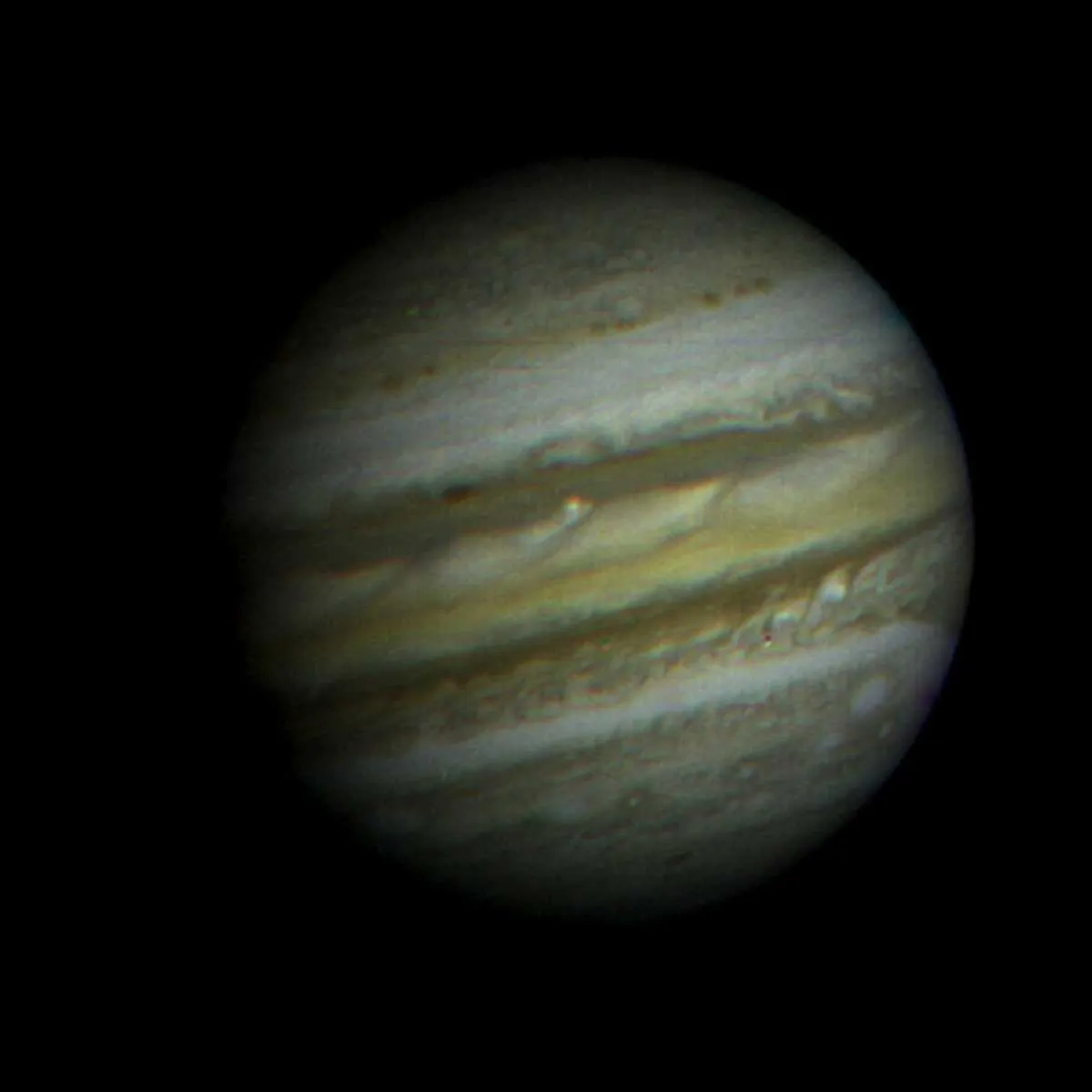
5 March 1979
Voyager 1 snaps the first photo of the mission's first planetary encounter, a portrait of Jupiter from 57.6km away.
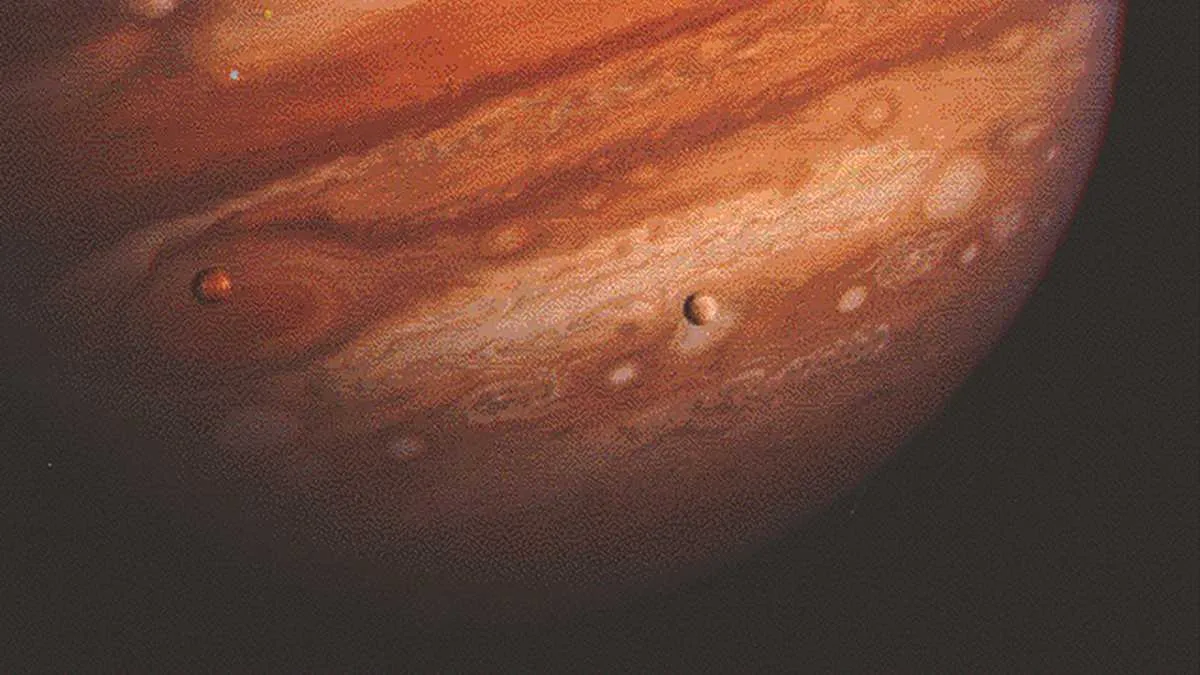
Voyager 1 makes its closest pass of Jupiter; Voyager 2 makes its flyby on 9 July. Together, they reveal new moons, rings and the gargantuan extent of the Jovian magnetosphere.
9 March 1979
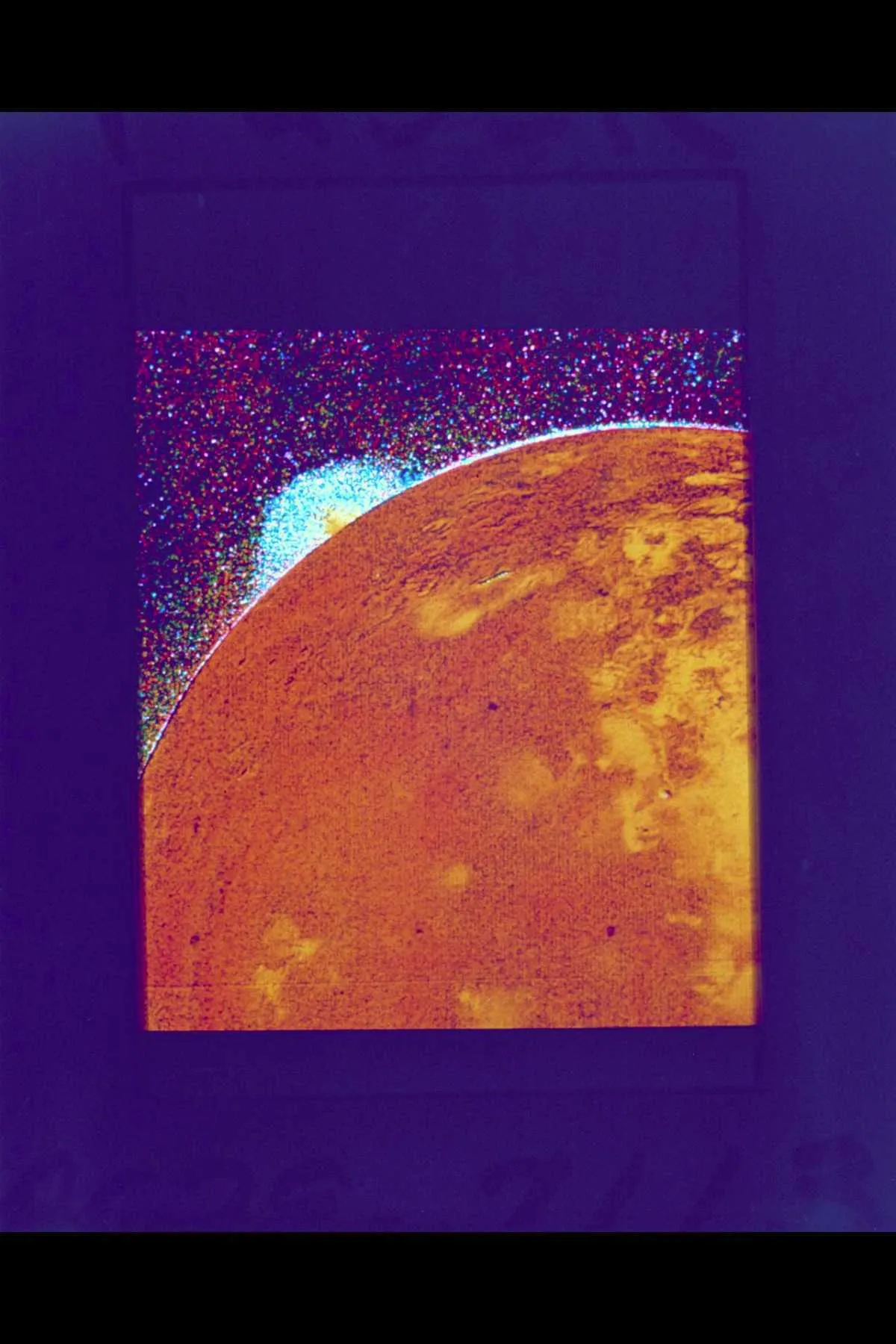
Volcanism is discovered on the Galilean moon Io, from a photo only taken to navigate the spacecraft. It's the first time volcanism has been seen beyond Earth.
11 November 1980
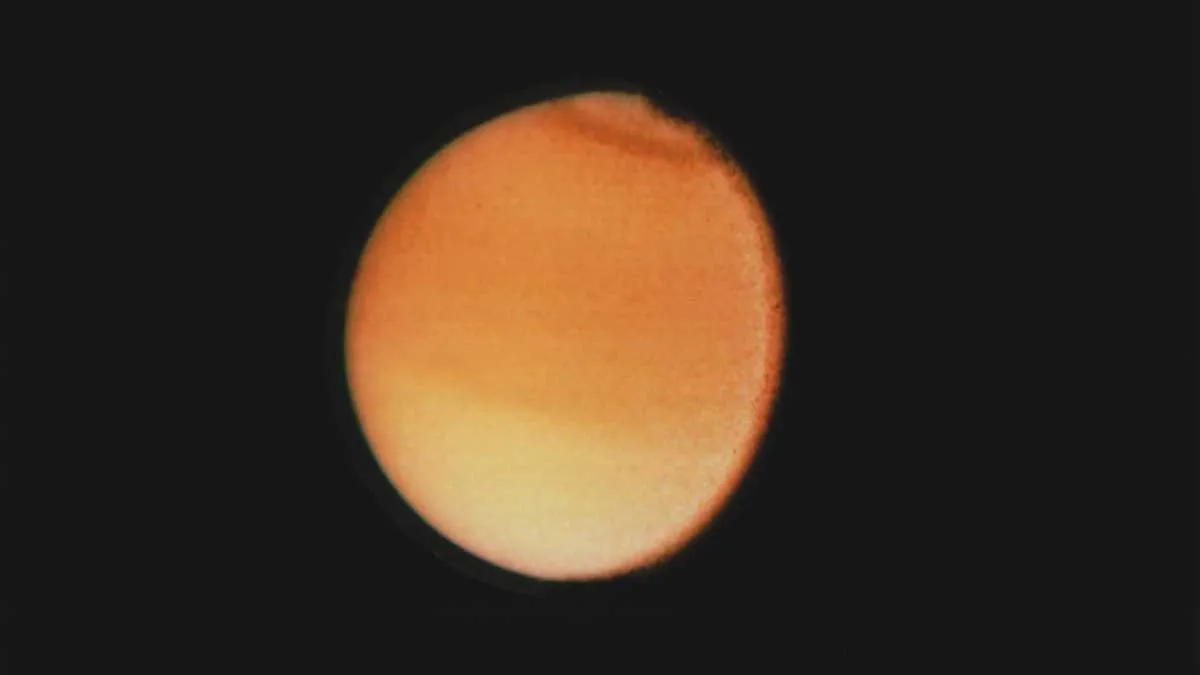
Voyager 1 takes a close look at Saturn’s moon Titan, discovering that it’s not as large as expected. The crown of largest moon in the Solar System passes to Jupiter’s Ganymede.
12 November 1980

Voyager 1 sails past Saturn, with Voyager 2 following on 25 August 1981. They confirm that the planet’s famous rings are neither solid nor liquid, but thin aggregations of water-ice fragments.
24 January 1986

First encounter with Uranus. Voyager 2 discovers a bland planet with an unusual composition, leading to a new classification: ice giant.
25 August 1989

Voyager 2 becomes the first probe to visit Neptune, which also turns out to be an ice giant. The spacecraft discovers that Neptune has partial rings and the strongest winds in the Solar System.
14 February 1990

Voyager 1’s camera is turned on one last time to take a family portrait of our Solar System. Among the images is the now iconic Pale Blue Dot.
17 February 1998
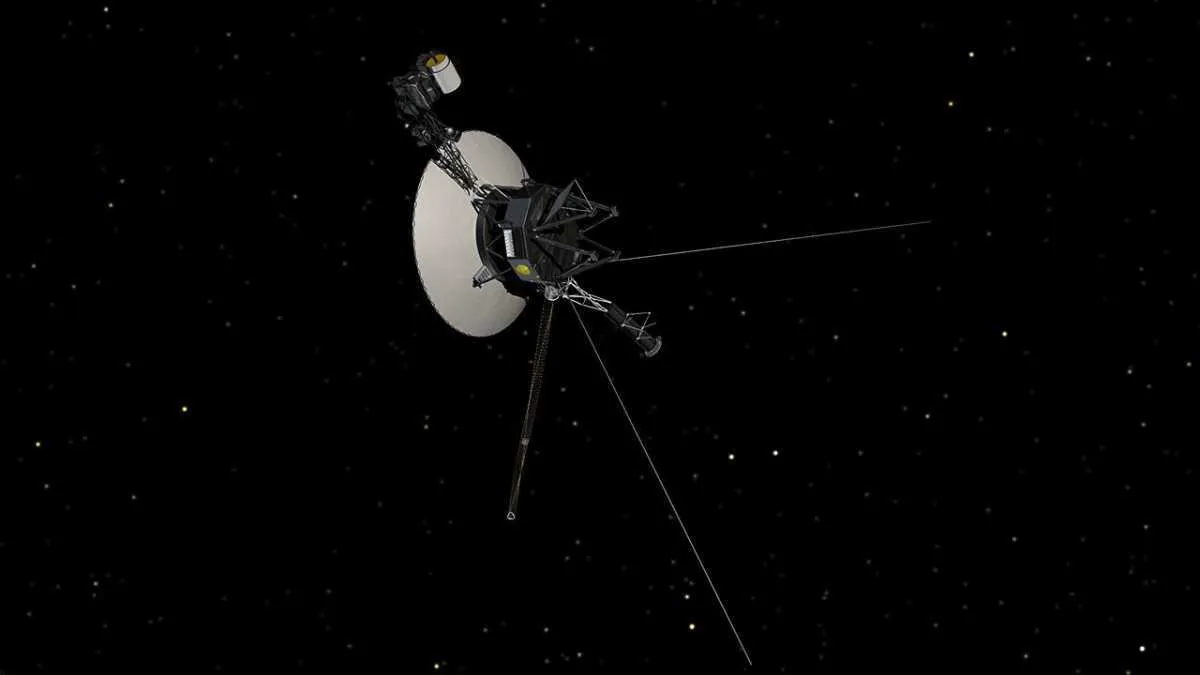
Voyager 1 overtakes Pioneer 10 to become the most distant human-made object in space, 10.4 billion kilometres from Earth.
25 August 2012
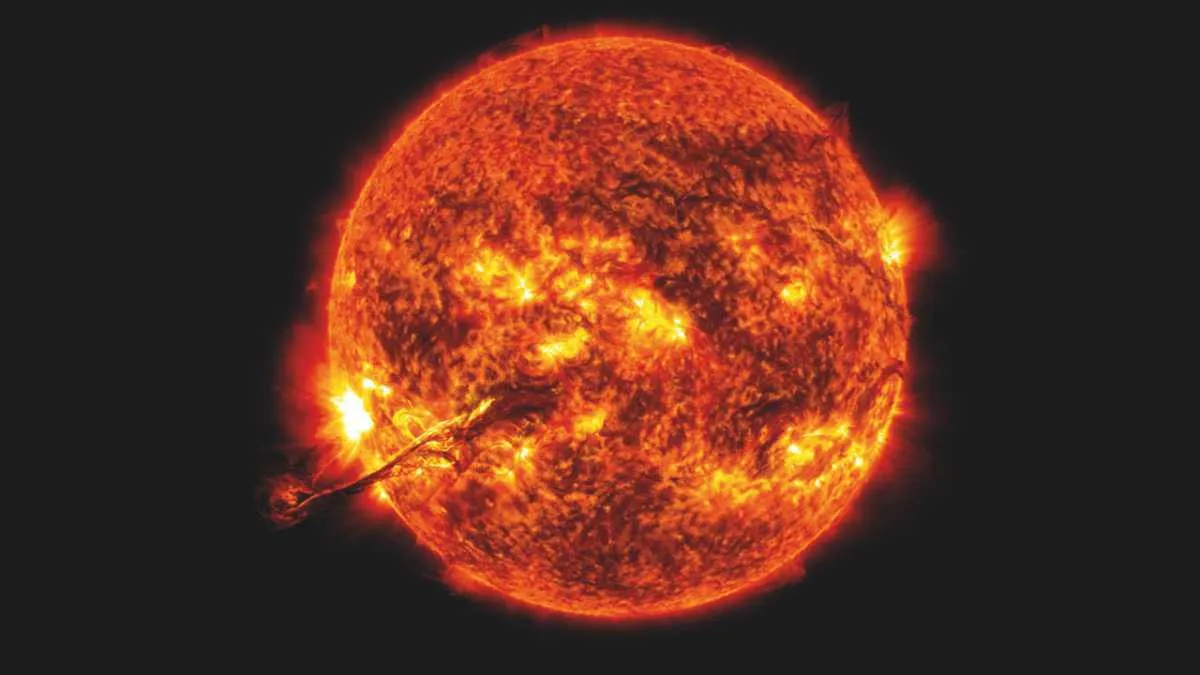
Voyager 1 becomes the first craft to enter interstellar space. NASA is only able to determine this 13 months later, after a coronal mass ejection from the Sun catches up with it.
5 November 2018
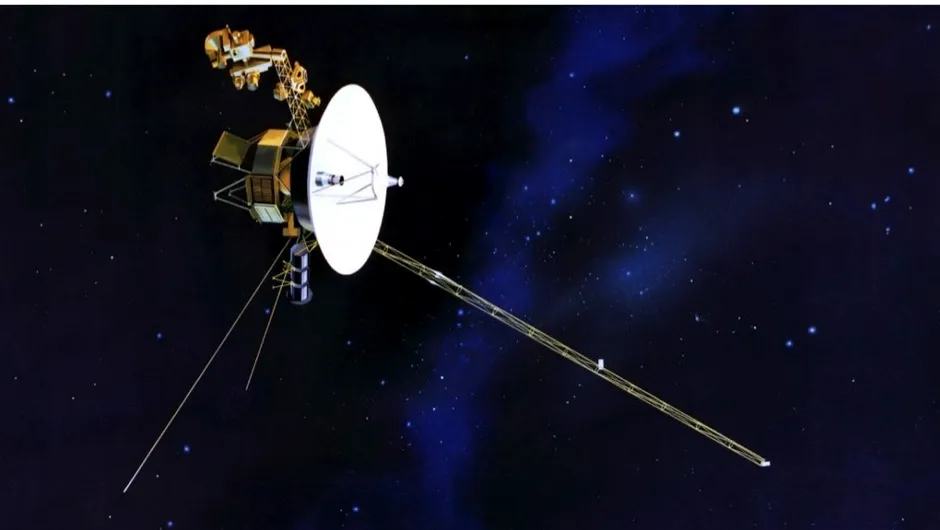
Voyager 2 joins its fellow spacecraft to become only the second man-made object to 'leave the Solar System'. It will be nearly 40,000 years before it comes close to another star
All images © NASA
Follow Science Focus onTwitter,Facebook, Instagramand Flipboard